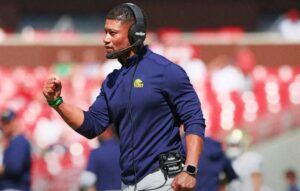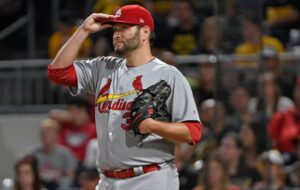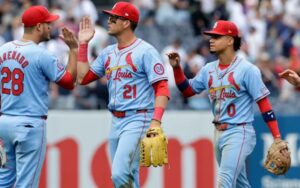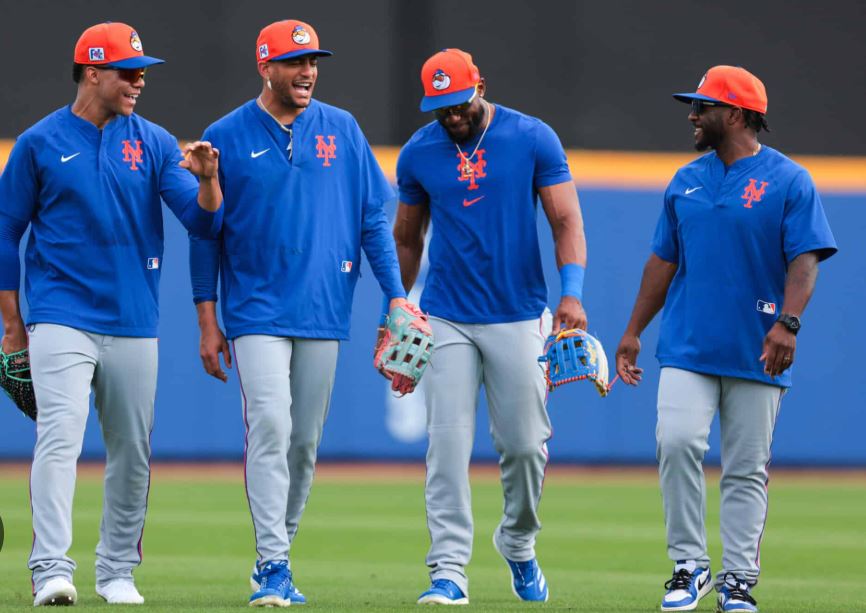
After a fierce series win against the defending champs, the New York Mets started a new series against the Chicago White Sox today. The impact of injuries on important players has been a persistent problem, despite the team’s overall on-field performance.
Among them, a key member of the pitching rotation is recovering, and in the continuous battle for the division lead, his influence on the team’s pitching staff might be significant. For the time being, more inventive roster management will be required because another important attacking player is still behind schedule in his recuperation.
Reinforcements are coming in big way for the starting rotation
The impending return of left-handed starter Sean Manaea is expected to significantly improve the Mets’ pitching staff, which currently has the highest ERA in baseball. Carlos Mendoza, the manager of the Mets, stated that Manaea “is officially set to face hitters for the first time since straining his right oblique during spring training.” This is an important milestone in his recovery and a hint that he will soon be able to return to the major league mound.
After altering his arm angle, which enabled him to greatly enhance his effectiveness, Manaea was a revelation to the Mets staff the previous season. He had an unbelievable WHIP of 0.94 and held opposition batters to a pitiful.188 batting average. He became a powerful force in the rotation as his command sharpened and his strikeout rate increased. His return would add a top player to a squad that was already formidable, making it even more stable and reliable. This may make it easier for pitchers like Tylor Megill who have been inconsistent to switch, or it might even open the door for a more adaptable six-man rotation, saving arms for the end of the season.
Jesse Winker is way behind schedule in his recovery
The Mets remain concerned about the recuperation of designated hitter Jesse Winker, despite the encouraging news regarding Manaea. About three weeks ago, Winker had a right oblique strain; three to six weeks is the estimated first healing period.
Carlos Mendoza’s most recent reports, however, provide a less hopeful image. Winker is still unable to swing, according to Mendoza, who also noted that the Mets’ left-handed batter at DH is “a ways away before he starts grabbing a bat.” This implies that his comeback may take longer than anticipated, forcing the Mets to use internal possibilities to fill the designated hitter role. The team will probably continue to see more opportunities for players like Brett Baty and Jeff McNeil to fill this hole, underscoring the necessity for innovative methods to sustain offensive output in Winker’s absence.
Mets keep winning despite continued RISP struggles
The Mets won the first game of their series against the Chicago White Sox, proving once more that they can win games by depending mostly on their excellent pitching. But the game was just another glaring reminder of the team’s offensive inconsistency throughout the season, especially their ongoing struggles to hit with runners in scoring position (RISP). As has been the case all season, the club left eight runners in scoring position before ultimately scoring their first run of the game in the eighth inning.
Adrian Houser pitched six innings of no-run ball, gave up only three hits, and struck out six White Sox batters in a thrilling retaliation game against his old team. The Mets continue to rely too much on their pitching, which might backfire if and when their rotation regresses. Instead, they should exploit inferior pitchers and less competitive clubs.
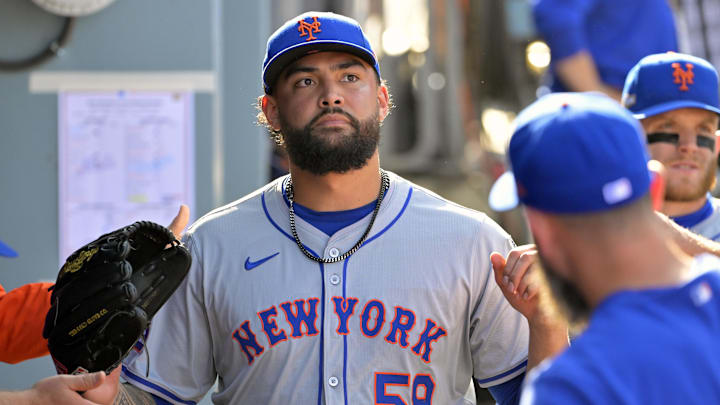
With a combined batting average of just.245 in this scenario, the squad is now averaging 3.80 runners in scoring position left every game, which is the seventh-worst in the league. This offense has to step up and give more reliable support for a pitching rotation that has surprisingly been the best in the league in terms of ERA since the beginning of the season, but we can still appreciate these hard-fought wins.


